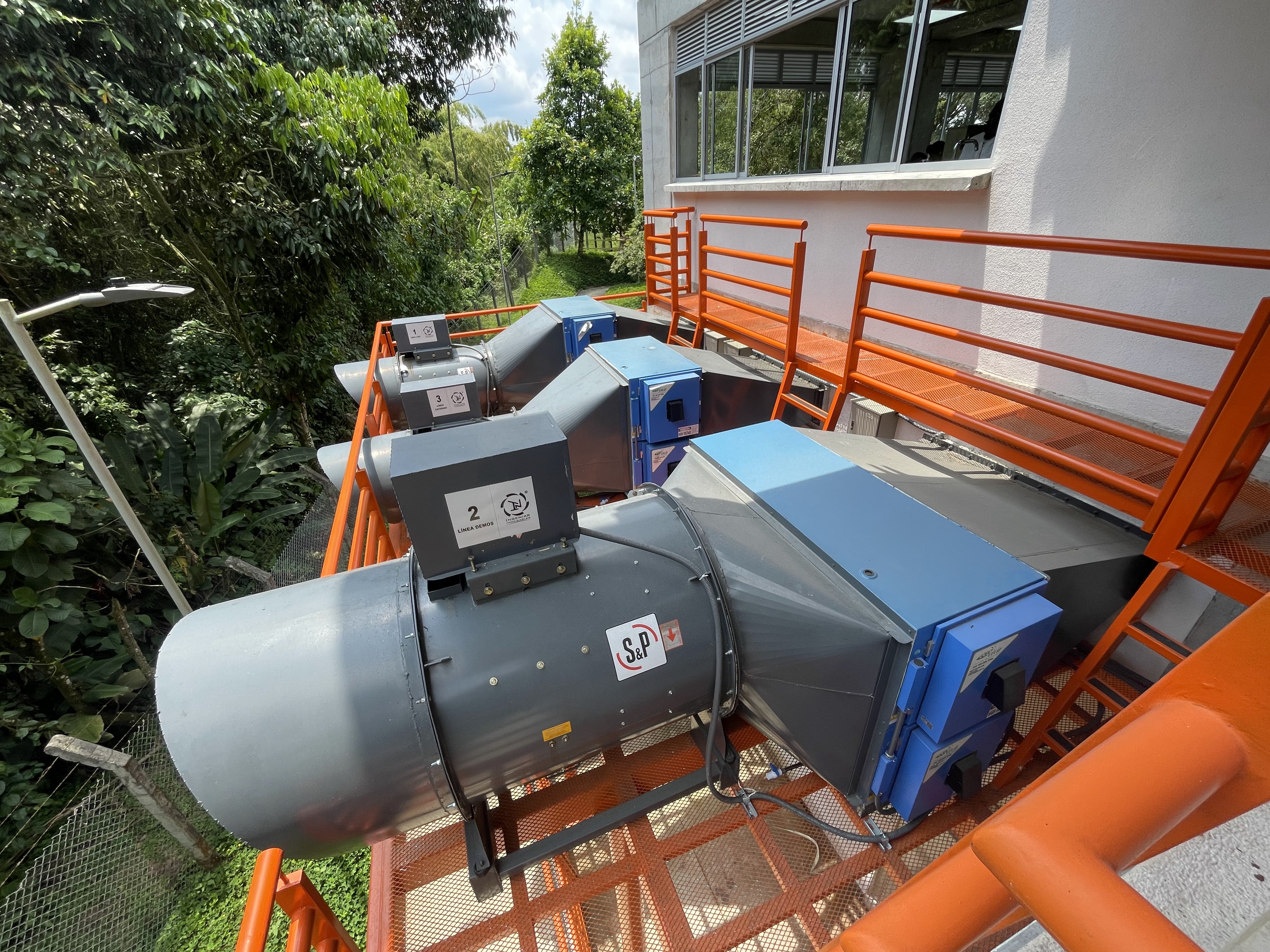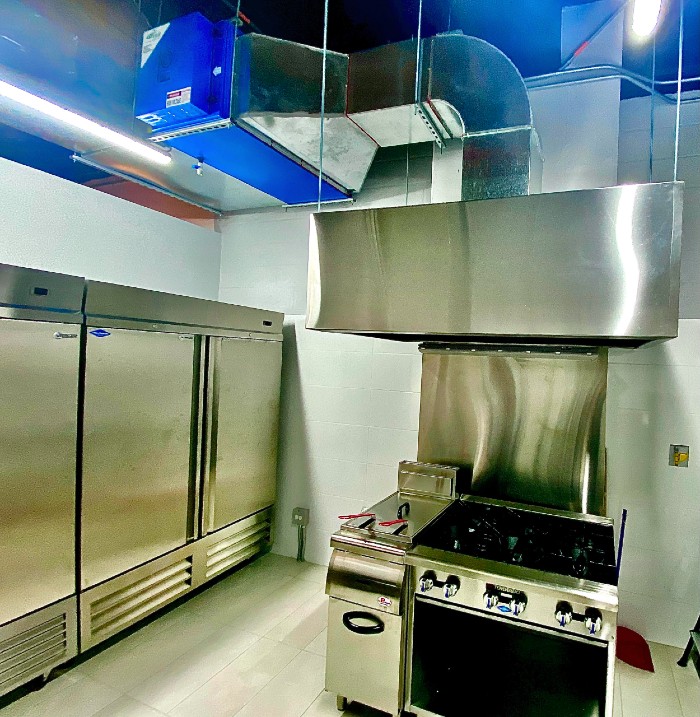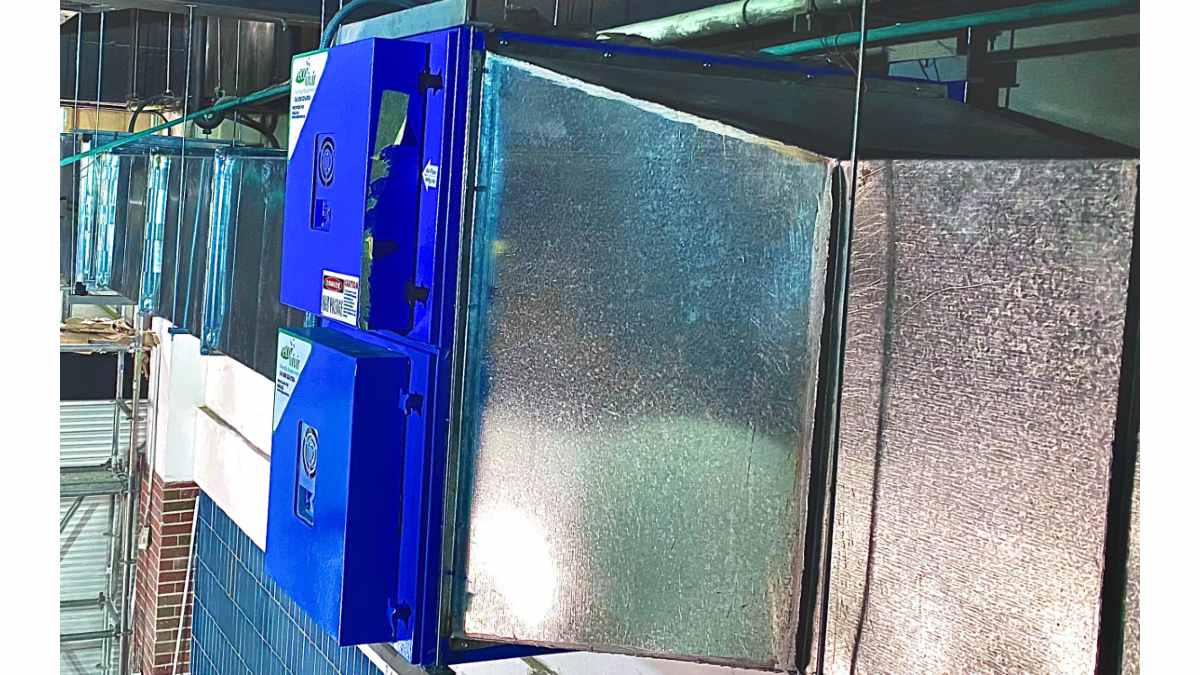This item should stop being perceived as an expense and begin to be seen as an investment.
By Saúl Campuzano*
Leaving aside the pandemic, in the last ten years the restaurant industry in South America has experienced remarkable growth. Colombia has been no exception. This is due, among other reasons, to economic growth, increased tourism, culinary diversity, changes in consumption habits and the promotion of gastronomy.
Paradoxically, the engineering behind the kitchens is far from up to the level that the industry requires. Conspicuous by their absence are good safety practices, suitable extraction hoods and quality extraction fans. Unfortunate balance, especially when there are different international standards and regulations that require minimum quality criteria, such as the ASHRAE 154 standard "Test Methods for Commercial Grease Extraction Systems for Kitchens" and the International Mechanical Code (IMC), in its section 507 that is specific to the extraction systems of kitchens and hoods. This is without counting the specific recommendations offered by different brands of kitchen and ventilation equipment.
Now, while for an entrepreneur in the restaurant industry the quality of the food can be considered as the most important, it is imperative to indicate that safety and good practices should top the list of their priorities.
A kitchen extraction system should be considered as a complete system. Cooking equipment, hoods, ducts, grease and odor filters, the fire extinguishing system, exhaust fans, grids and other accessories are the parts of a whole that are best understood when considered together. Each of these components is complemented by the other for its proper selection and, therefore, for its correct operation. If all these components do not work in harmony, the system will work inefficiently, or not at all.
Ensuring good extraction and ventilation will allow, among others, the CO2 produced by the combustion of natural gas to be evacuated quickly, avoiding health problems for kitchen staff, such as suffocation, fainting, headaches, dizziness and increased heart rate. In addition, it will contribute to greatly mitigate the heat generated by the activity of cooking food.
This activity also generates smoke, fats and odors, which must be captured by an extractor hood that meets the technical requirements according to the type of cooking and the physical conditions of the space. These elements must be directed to the outside through galvanized or stainless steel sheet ducts and extraction fans that comply with the different technical parameters established by local and international regulations to guarantee the safety and proper functioning of the system.

In many cases these extractions become complex and expensive, since the buildings must have a complete network of ducts to carry the extraction to a technical slab, which is usually located on the top floor. This has led builders to renounce to enable suitable premises for restaurants and restrict them to another type of trade that does not require these technical characteristics.
Filtration
That is why bipolar ionization filtration systems or electrostatic filters (ESP) are increasingly being used, mainly originating in Singapore. These filters, certified MERV 15, in some cases, are capable of trapping particles with a size of 0.3 to 1 micron with an efficiency of 95% or higher. They are also effective at capturing larger particles with even greater efficiency, making them highly efficient at filtering oil mist and smoke from kitchens. In addition, depending on their odor control system, they can eliminate up to 96% of the odors emitted by the kitchen.
These filters have gained popularity in the five years due to their contribution to the economy of construction projects, especially in mixed projects (trade and housing). Being so effective in filtering contamination from kitchens, discharges no longer necessarily have to reach the technical slab, as is traditionally done. This allows to contemplate alternative discharges, mainly in the facades of the buildings, since these teams are located within each local, in this way the responsibility rests with the tenants and not in the administration of the building.
Likewise, and since the ducts to the technical slab are not necessary, there is a considerable economic saving for projects that otherwise had to install large quantities of kilograms of galvanized sheet to connect the zero points of the premises with the terraces. Therefore, vultures are no longer necessary, which translates into more usable square meters for the project. Likewise, the technical slabs where extraction fans previously had to be installed can now be used for different purposes, such as rest areas overlooking the city, terraces with barbecue, jacuzzis, swimming pools, wet areas, among others.
Having the entire extraction system inside the kitchens allows to obtain clean air thanks to the use of the precipitator, which will allow us to use fans of different typology to the conventional fungus, being of smaller size, shape and energy consumption, considerably reducing the carbon footprint associated with it.

Importantly, the use of ionization precipitators greatly reduces emissions of particulate matter of size 2.5 microns, which further contributes to being a clean and sustainable technology for the planet.
It should also be noted that the selection of the ionization precipitator must correspond to the actual extraction requirements of each cooker, taking into consideration the cooking equipment, the size and type of extractor hood, the length and area of the duct, and, of course, an extraction fan selected specifically for this purpose, where flow rate and pressure drop are fundamental factors.
Once you have a kitchen in optimal conditions in your extraction system, you can not forget the maintenance of the different elements of the system, and the precipitator filter is no exception. High-efficiency filters, such as the MERV 15 category that precipitators have, become saturated more quickly over time, which will depend on the nature of each kitchen. Such maintenance consists of washing its components according to the manufacturer's recommendations and thus ensuring optimal filtration during kitchen operation.
This article seeks to raise awareness among the growing restaurant industry about the importance of the extraction system in their kitchens. It is expected that this item will no longer be perceived as an expense and will begin to be seen as an investment that guarantees the safety and well-being of employees and diners. * Saúl Campuzano, manager of EcoVivir - [email protected]
* Saúl Campuzano, manager of EcoVivir - [email protected]















